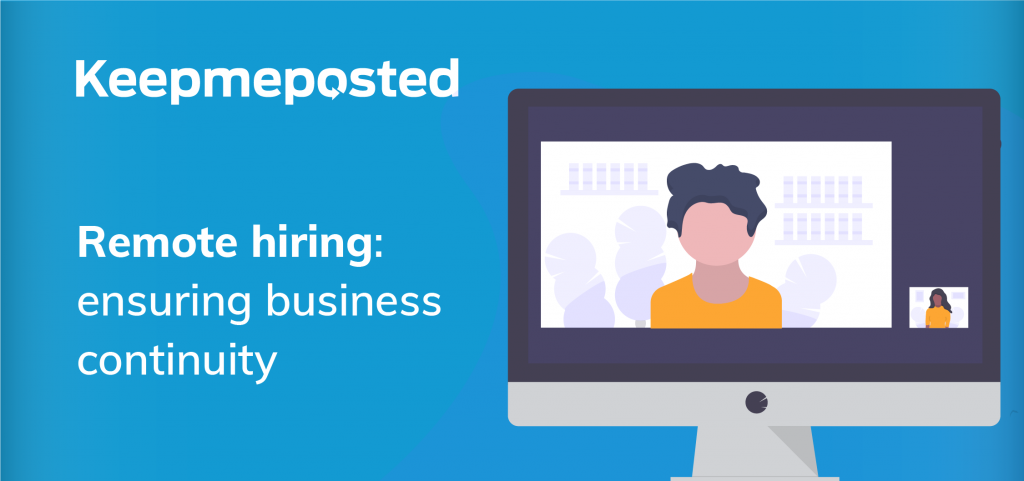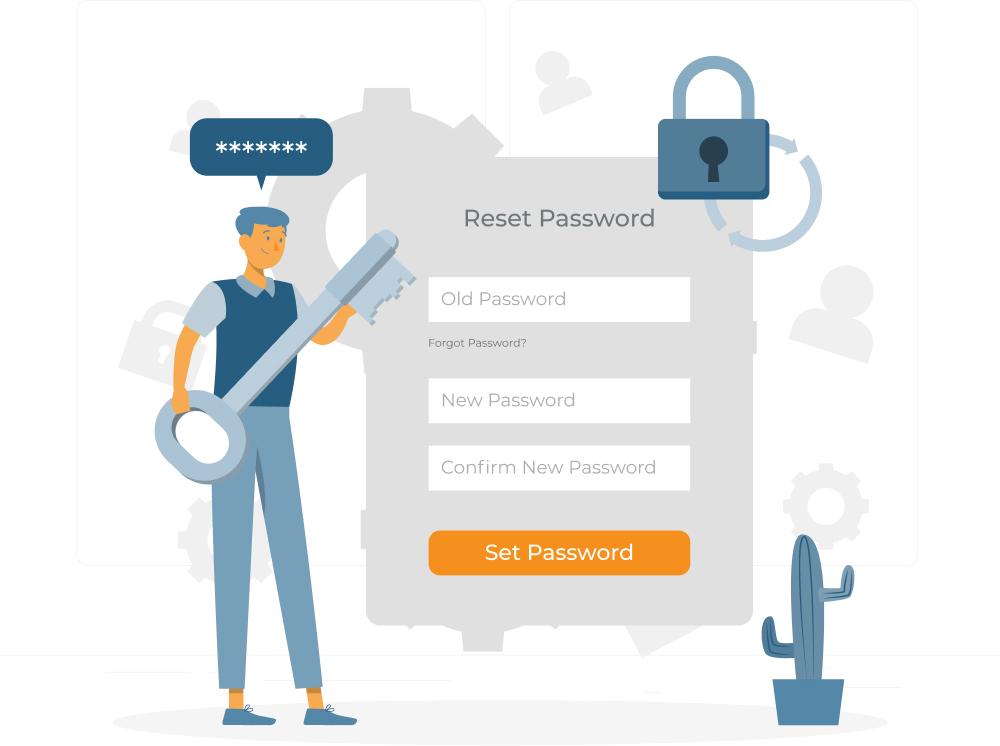This article is part of our ‘Covid-19 & the Job Market’ resource pack. View more here.
What we know for sure, is that nothing is certain in these times. COVID-19 has left its mark in the job market and companies are facing unprecedented sudden changes. Another side to this is recruitment. Many companies still need to get work done. Although it may not be business as usual, it may be different business. Instead of stopping hiring altogether, some companies have chosen to tackle this challenge head-on and adapt their recruitment process to ensure business continuity. Whether you’re looking to hire to fill a temporary post throughout this ordeal, for a project or even long-term you need to be able to hire remotely and hire people who can work remotely.
 However, common sense would tell you that the early adopters are set to benefit the most. How can you adapt your hiring strategy?
However, common sense would tell you that the early adopters are set to benefit the most. How can you adapt your hiring strategy?
Here we’ve outlined some tips to handle this transition and ensure you snap the best candidates even in these uncertain times.
Perfect video calling down to a T.
Test your tech beforehand – double check your sound and video and do a test call before. Make sure your space is quiet – with no intruding pets or other household members. Provide other contact information to the candidate so that they are able to contact you for a follow-up or if there are technical difficulties and the call gets interrupted.
Elongate the hiring process
Of course, not meeting a candidate face to face has its downside. It is trickier to get to know someone over video. Since we are human beings, meeting someone face to face brings a whole set of other cues and messages which you will otherwise miss through a video call. A clear example of this is the handshake. There will be no handshaking over a video call. One way to overcome this is to have several meetings with the candidate over a video call. Involving the rest of the team in the decision at a later stage is also advisable. This will engage the team and also give a sense of belonging and welcome to the potential newcomer. This last point leads us perfectly to the next.
Gauge culture fit
Although you’re remote hiring, this person will need to complement the team. Whether or not this is project-based or long term you will want to ensure that this person will collaborate effectively with the rest and reach mutual goals. It is easy for remote workers to become disengaged especially if there is no collaborative spirit or interaction between colleagues. Make it a point for the team to get to know each other – albeit electronically as the situation would have us. Even if it may mean getting together virtually for Friday drinks. This will break the proverbial ice.
Be clear about your remote policy from the start
Are you remote-first or just remote-friendly and what’s the difference? Being clear with the candidate will prove fruitful in the end. Are you looking to hire someone to work exclusively remotely, part-time remote or only remote pending this situation? This will avoid any misunderstanding in the future. Remote-first means that you are hiring someone to work primarily remotely and visit the office if and only when necessary. Remote-friendly, on the other hand, allows remote work from time to time but it is not the usual day-to-day. In the latter, remote work is allowed exclusively on particular days or via a special ‘remote work allowance’. It is important to firmly decide what your position as a company will be as different messages will lead to an unsettled workforce and does not send the right message.
All in all remote hiring is not an impossible challenge. As with all new things, it will need adjusting to but it is definitely worth pursuing to ensure business continuity.
Know someone who’s looking into remote hiring? Share this article now.


